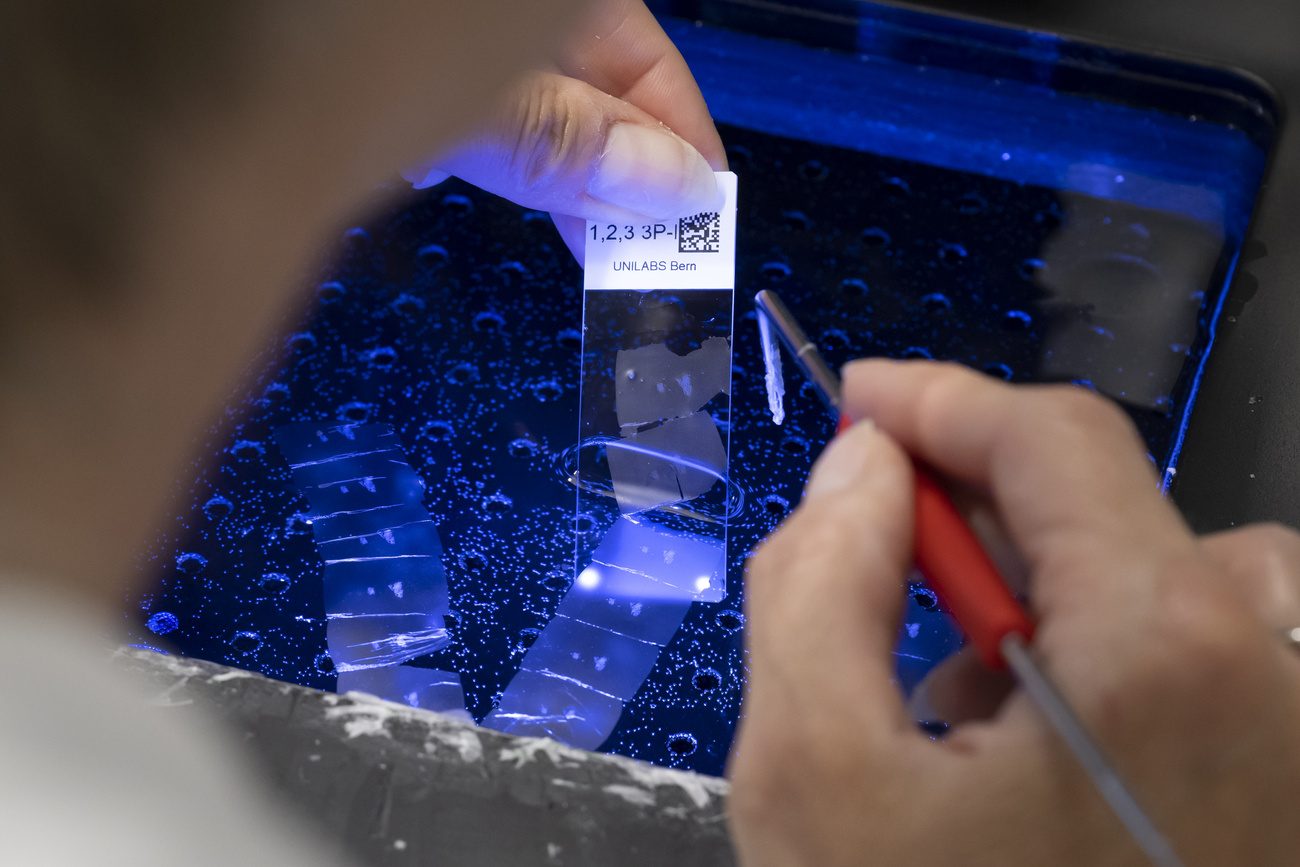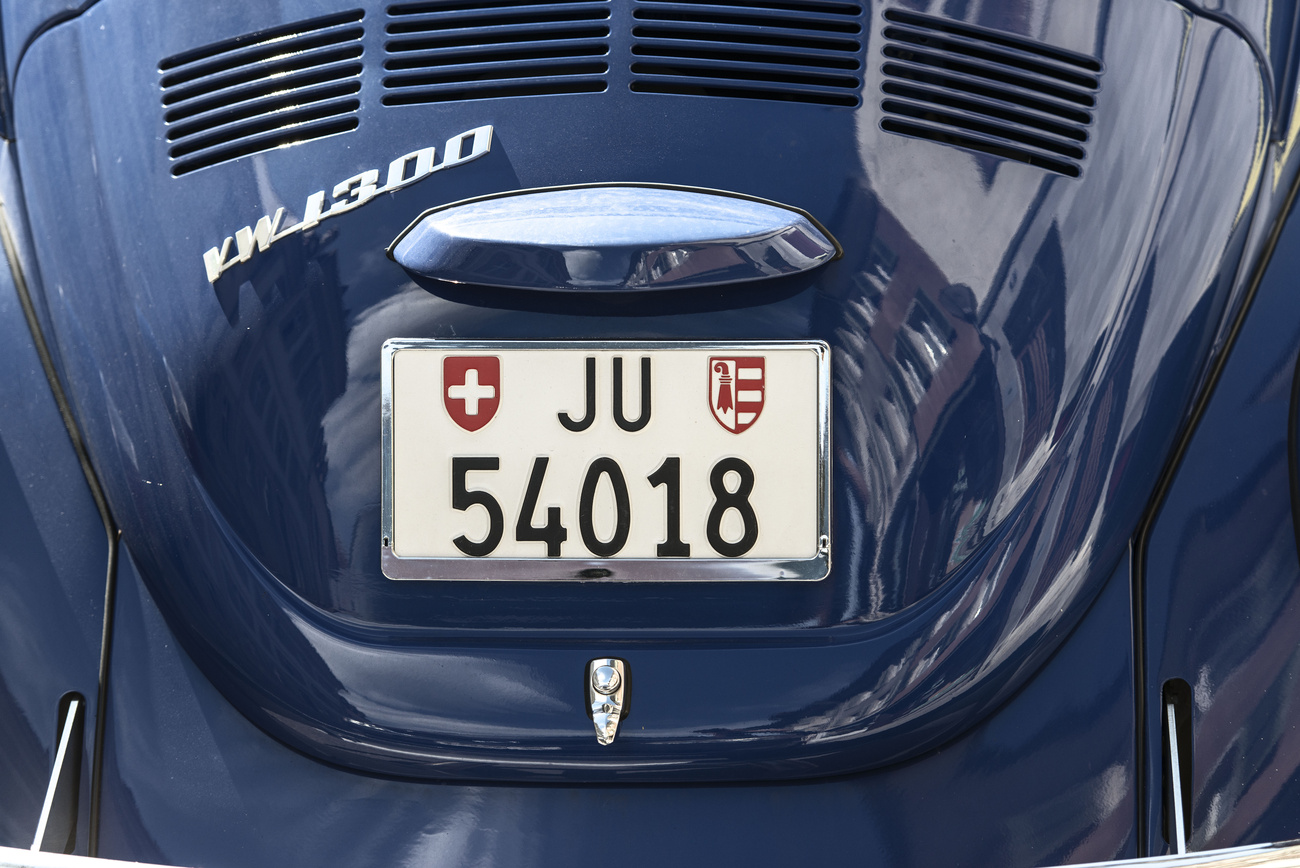
Black delicacies: spaghetti ‘carbon’ara and charcoal bread

Charcoal can be used to colour food black. Swiss chef Stefan Wiesner from Entlebuch presents several recipes for dark dishes in his new book – and explains why he uses charcoal as an ingredient.
“Charcoal is healthy; it binds toxins,” says Wiesner. At the same time, he warns that too much of it can also bind nutrients.
Wiesner is one of Switzerland’s best-known chefs, recognised internationally for his holistic approach to food. He has been using charcoal in his cooking for decades – for example, in mustard and bread.
Black food – a trend from Japan
Black-coloured food has been a familiar sight in Japan for years: charcoal ice cream, black bread and even charcoal latte macchiatos. Foods containing charcoal are believed to have cleansing properties, and it is not uncommon for water to be purified by adding a piece of charcoal.
In Japan, Binchotan charcoal is used for this purpose. It is harder than standard charcoal and made from oak – whole branches are often charred in a single piece.

The “black food” trend later spread from Japan to Europe. In Switzerland, charcoal is approved as a food colouring. However, it must be treated and purified, as substances created during burning can be harmful to humans. Only charcoal that has been officially approved, treated and cleaned may be used as a colouring agent.
Ayurvedic-inspired recipes
For his own recipes, Wiesner recommends using charcoal tablets available from pharmacies.
In his book Herzens Küche, the award-winning chef presents recipes inspired by Ayurvedic principles. “Recipes with charcoal fit in well,” says Wiesner. His book focuses on dishes that are regional, seasonal and health-conscious.
One example is celery cooked in hay and served with pear mustard; another is a mock feta made from red lentils. He cooks the lentils with water, chilli, oregano and garlic, then allows the mixture to thicken. Once cooled, it can be cut into cubes and used like feta.

The recipe for his charcoal bread also appears in the book, along with one inspired by a culinary pun: spaghetti “carbon”ara made with charcoal. “Because carbon means coal,” explains the “natural chef” from Entlebuch.
Translated from German using DeepL/amva/ts

In compliance with the JTI standards
More: SWI swissinfo.ch certified by the Journalism Trust Initiative






























You can find an overview of ongoing debates with our journalists here . Please join us!
If you want to start a conversation about a topic raised in this article or want to report factual errors, email us at english@swissinfo.ch.